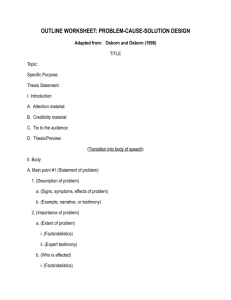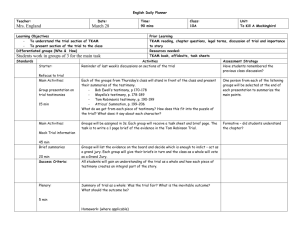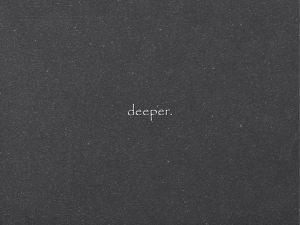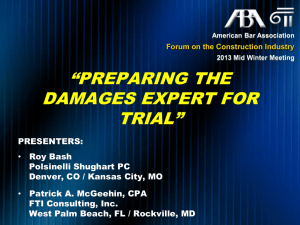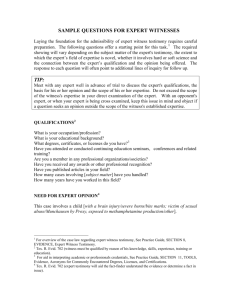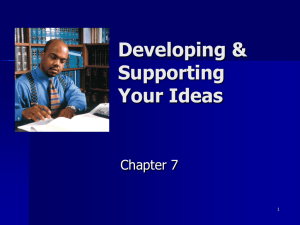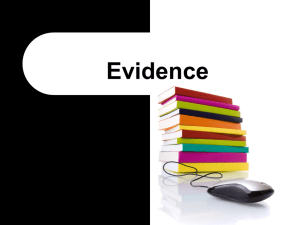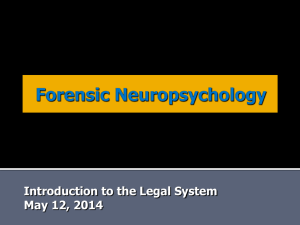The case
advertisement
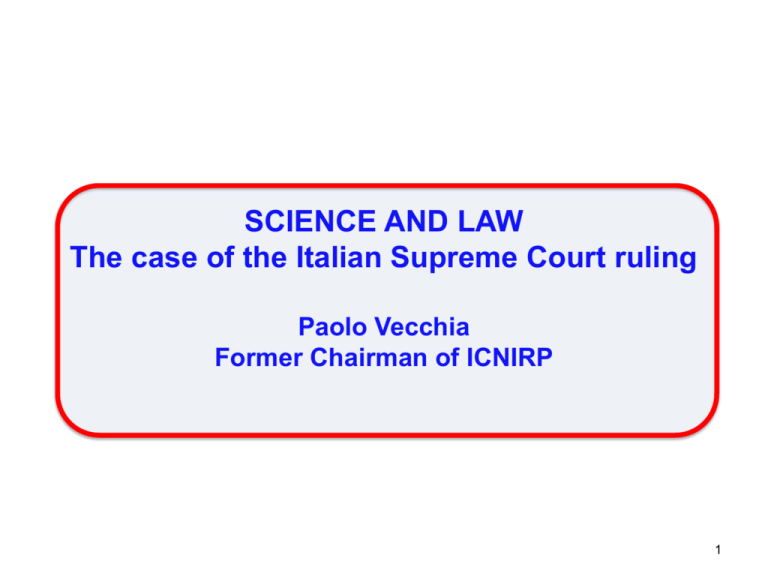
SCIENCE AND LAW The case of the Italian Supreme Court ruling Paolo Vecchia Former Chairman of ICNIRP 1 2 The case • The Supreme Court confirmed a sentence issued by the Work Section of an Italian Court of Appeal in December 2009 • A professional was diagnosed with a trigeminal neuroma, claimed to be due to the intensive use of mobile phone • The court recognized the occupational cause of the tumor • The Italian Workers' Compensation Authority (INAIL) was ordered to award the applicant a compensation for a high degree (80%) permanent disability 3 The Sentence - 1 Emphasis on • a recent review (Kundi, 2009): “a very clear table summarizing some studies published between 2005 and 2009. In three of them (Hardell group) a significant increase of acoustic neuroma is evident” • a single paper (Hardell & Carlberg, 2009): “based on a review of studies previously published by the same group […]. For acoustic neuroma, the findings indicate ORs of 1.5 for cordless use and 1.7 for mobile phone use. For use >10 years, ORs are 1.3 and 1.9, respectively”. 4 The Sentence - 2 “The WHO study (?), dating back to 2000, and obviously based upon even older data (?), does not take into account the more recent - and much more intensive and diffuse - use of such devices, nor of the slow growth of the tumors under consideration. Therefore, the 2009 studies, based on more recent data, are per se more reliable. The number of cases [in the 2009 studies] is not low; on the contrary, it is definitely exaustive, since cases are 678 (?). Differently from the IARC study (?), co-funded by mobile phone manufacturers, the studies quoted by the Expert are independent (?).” 5 Critics and questions • Knowledge of the literature • Wheighing of evidence • Understanding of the issues • Expert witness (role and qualification) • Court (ability to evaluate the relevance and the reliability of the expert testimony) 6 Who were the experts? Court-appointed: Physician, General Medicine Plaintiff-appointed: Physician, Neurosurgery Are these profiles enough for qualification as experts in the case? Do criteria for such a qualification exist? 7 Federal Rules of Evidence U.S. Federal Law 1975, Last Amendment Dec. 2010 Rule 702 – Testimony by experts • The expert must be qualified to render opinion • Trial courts must ensure that scientific evidence is relevant and reliable before admitting it at trial • Testimony based on sufficient facts or data • Testimony product of reliable principles and methods • Witness reliably applied the methods to the facts of the case • The subject of the expert’s testimony must be “scientific knowledge”. Admissible expert testimony must be based on knowledge derived by the scientific method and not on subjective belief or unsupported speculation 8 The “Daubert Standard” The reliability of an expert’s witness can be judged based on: • whether the expert’s theory or technique can be (or has been) tested • whether the theory or technique has been subjected to peer review or publication • the known or potential error rate of the theory • whether there is general acceptance in the relevant scientific community 9 Practical tools A demonstration Project of the American Association for the Advancement of Science 10 Annex to the Civil Procedure Rules (UK) 11 The debate is open... National Research Council National Academy of Science 12 Conclusions • The Italian case reflects the importance and the urgence of • • • established criteria for the selection of experts in courtrooms Such criteria do not exist in Italy and, apparently, do not exist in most Countries The contribution of scientific bodies to the establishmnt of criteria and guidelines is essential More in general, actions are needed to bring law closer to science, and science closer to law 13 14 The response of science 15 A thing is not just because it is a law. But it must be law because it is just Charles-Louis de Montesquieu, The Spirit of Laws, 1748 16 Thank you for your attention 17
